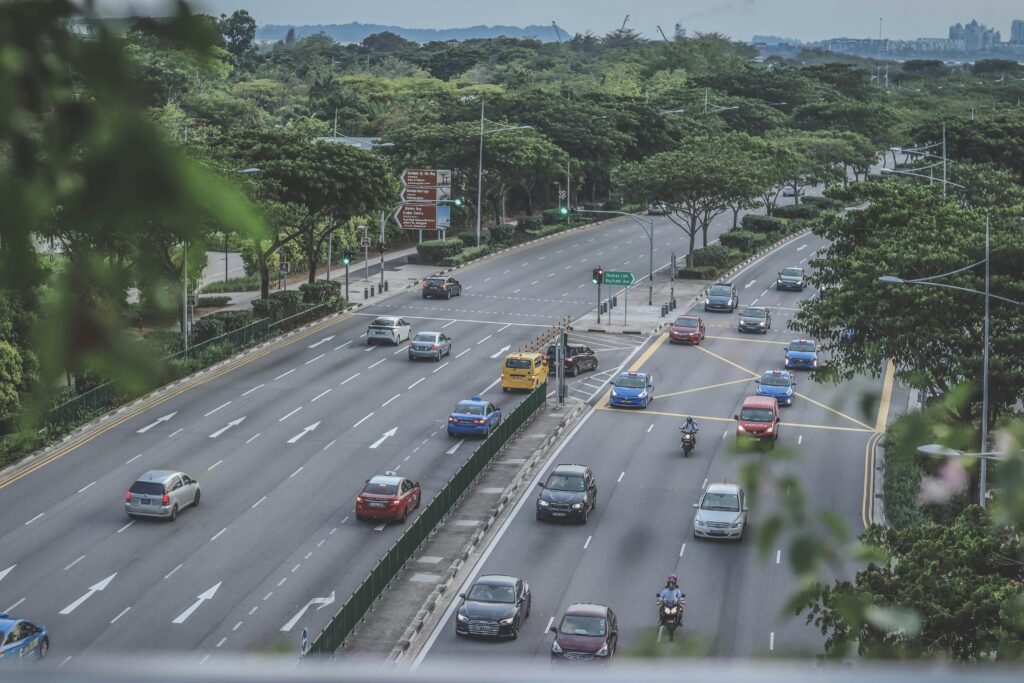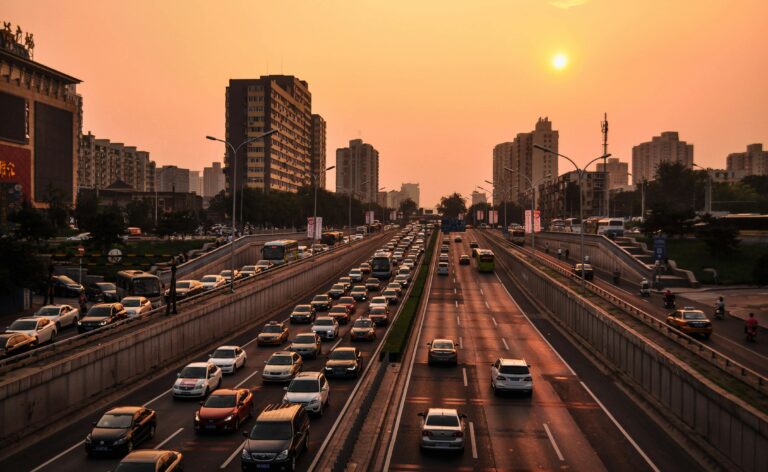
Singapore, known for its efficiency and safety standards, boasts a well-organized road network supported by clear and effective road signs. These signs play a crucial role in ensuring the safety of motorists, pedestrians, and cyclists alike. Let’s delve into the significance of road signs in Singapore and how they contribute to safe journeys for all.
Learn more driving tips here: https://learntodrivesg.com/
Road signs serve as vital communication tools, conveying essential information, warnings, and regulations to road users. In Singapore, where traffic flow is carefully managed to minimize congestion and accidents, road signs play an indispensable role in guiding drivers, cyclists, and pedestrians through the city-state’s bustling streets.
Types of Road Signs
- Regulatory Signs: These signs inform road users of laws and regulations they must adhere to.
Examples of such signs encompass speed limit signs, no entry signs, and stop signs. In Singapore, regulatory signs are prominently displayed to ensure compliance with traffic rules. - Warning Signs: Warning signs alert road users to potential hazards ahead, such as sharp turns, pedestrian crossings, or road works. These signs are strategically placed to give motorists and pedestrians ample time to react and adjust their speed or direction accordingly.
- Informational Signs: Informational signs provide useful information to road users, such as directions to nearby landmarks, facilities, or parking areas. In Singapore, informational signs are particularly helpful for tourists and visitors navigating the city’s streets.
- Guide Signs: Guide signs offer guidance to road users, indicating routes, junctions, and exits. These signs help drivers navigate complex road networks and find their way to their destination efficiently. In Singapore, guide signs are designed with clarity to prevent confusion and ensure smooth traffic flow.
Innovation in Road Signage
Singapore is known for its innovative approach to road safety, continually exploring new technologies and strategies to enhance traffic management and reduce accidents. Recent advancements include:
- Smart Traffic Management Systems: Utilizing data analytics and real-time monitoring to optimize traffic flow and respond swiftly to incidents.
- Dynamic Message Signs: Electronic signs that provide real-time updates on traffic conditions, road closures, and diversions to help drivers make informed decisions.
- Pedestrian Safety Features: Innovations such as smart crosswalks and pedestrian detection systems aim to improve safety for pedestrians at busy intersections.
Public Awareness and Education
Beyond the physical infrastructure, Singapore places significant emphasis on public awareness and education regarding road safety. Campaigns, workshops, and educational programs are conducted regularly to promote safe driving practices, responsible pedestrian behavior, and mutual respect among road users.
Tips on Driving in Singapore
Driving in Singapore offers a unique experience due to its well-maintained road infrastructure, strict traffic regulations, and diverse mix of road users. Whether you’re a resident or a visitor, here are some essential tips to ensure a smooth and safe driving experience in Singapore:
1. Familiarize Yourself with Traffic Rules
- Study the Highway Code: Familiarize yourself with Singapore’s traffic rules and regulations outlined in the Highway Code. Pay particular attention to speed limits, road signage, and right-of-way rules.
2. Obtain a Valid Driving License
- Ensure Valid Documentation: If you’re a visitor, make sure you have a valid international driving permit (IDP) or a valid foreign driving license recognized by Singapore authorities. Residents must possess a valid Singapore driving license.
3. Stay Alert and Vigilant
- Remain Alert: Stay focused and attentive while driving. Singapore’s roads can be busy and congested, requiring drivers to be vigilant at all times.
- Watch for Pedestrians: Singapore has many pedestrian crossings and traffic lights. Always be on the lookout for pedestrians, especially in busy areas like shopping districts and school zones.
4. Obey Speed Limits and Traffic Signals
- Adhere to Speed Limits: Speed limits are strictly enforced in Singapore. Pay attention to speed limit signs, especially in residential areas, school zones, and along expressways.
- Follow Traffic Signals: Respect traffic signals, including traffic lights and stop signs. Failure to obey traffic signals can result in fines or penalties.
5. Use Public Transport Where Possible
- Leverage Public Transport: Singapore has an efficient public transport system comprising buses and trains. Consider using public transport, especially during peak hours or when traveling to congested areas like the city center.
6. Plan Your Routes in Advance
- Use Navigation Apps: Utilize navigation apps like Google Maps or Waze to plan your routes and avoid traffic congestion. Be aware of Electronic Road Pricing (ERP) gantries, which charge tolls during peak hours on certain roads.
7. Mindful Parking Practices
- Observe Parking Rules: Park only in designated parking areas to avoid fines or towing. Familiarize yourself with parking regulations, including parking coupons and electronic parking systems.
8. Stay Updated on Road Conditions
- Check Traffic Updates: Stay informed about road closures, construction works, and traffic incidents by tuning in to local radio stations or accessing online traffic updates.
9. Drive Defensively
- Practice Defensive Driving: Be courteous to other road users and anticipate potential hazards. Keep a safe following distance, signal your intentions early, and avoid aggressive driving behaviors.
10. Stay Prepared for Emergencies
- Have Emergency Contacts: Keep a list of emergency contact numbers, including roadside assistance and emergency services, in your vehicle.
- Carry Essentials: Equip your vehicle with essentials such as a first aid kit, flashlight, and basic tools in case of emergencies.
Conclusion
Road signs in Singapore are more than just symbols; they are guardians of safety, guiding road users through the urban landscape with clarity and precision. By adhering to traffic regulations and staying vigilant to the cues provided by road signs, motorists, cyclists, and pedestrians can enjoy safe journeys and contribute to the harmonious flow of traffic in this dynamic city-state. As Singapore continues to innovate and prioritize road safety, its road signs will remain steadfast sentinels, ensuring that every journey is a secure and seamless one.






